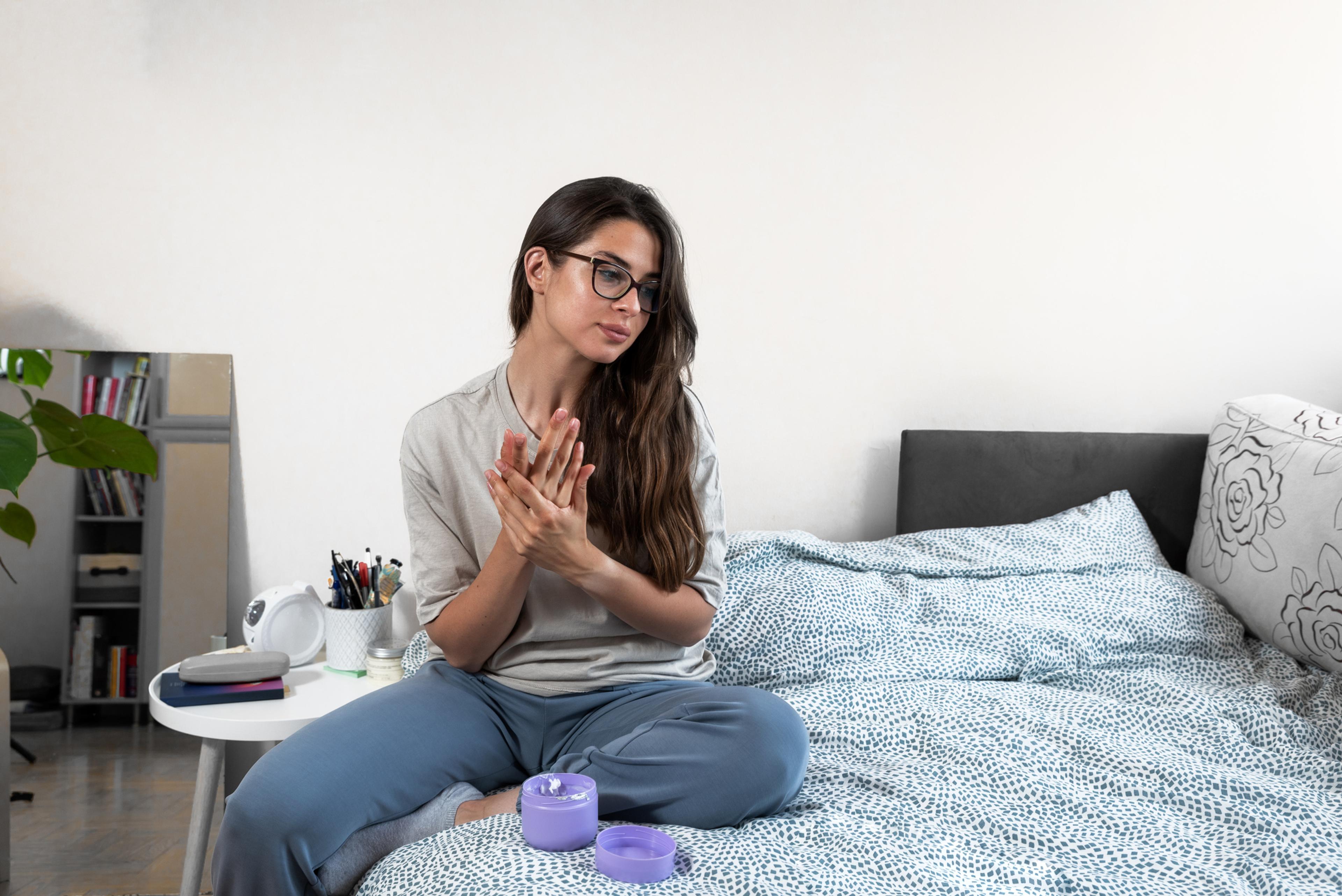How to Maintain Your Mental Health This Winter
Shandra Martinez
| 3 min read

Winter can be challenging for many people. Between 10% and 20% of the population can experience winter blues, which is described as a mood shift during the colder, darker days of winter that results in feeling more lethargic and gloomy. Winter blues are more common in northern regions like Michigan, where winters can bring long stretches of cloudy days.
More severe than winter blues is seasonal affective disorder, (SAD), which can cause more depression-like symptoms. An estimated 6% of Americans suffer from SAD, which can result in oversleeping, daytime fatigue, carbohydrate craving and weight gain.
The effects of SAD
The winter blues and SAD have multiple contributing factors, explains Dr. Amy McKenzie, associate chief medical officer of provider engagement for Blue Cross Blue Shield of Michigan.
“We know that the regulation of serotonin, which is that neurochemical that is implicated in contributing to depression, is one of the chemicals that’s involved in this,” said McKenzie.
“The other one is melatonin, which is something that helps with the sleep-wake cycle. And both of those are dysregulated in that winter blues are more of what we call seasonal affective disorder.”
On this episode of “A Healthier Michigan Podcast,” hosted by Chuck Gaidica, he and McKenzie discuss how to combat the winter blues and maintain mental health as the temperature drops. They explore the following topics:
- What causes people to be more prone to feeling sad or depressed during the winter.
- The symptoms of seasonal mood disorder.
- What can you do to ease the winter blues.
- Signs that may indicate you or someone in your life is struggling with mental health.
- Steps you can take
Vitamin D and sunlight can play an important role in regulating serotonin and melatonin. McKenzie suggests talking to your doctor about vitamin D because they can check your levels on those neurochemicals.
In addition to watching Vitamin D levels, McKenzie recommends “maintaining your exercise, staying away from things that we know are depressants, such as alcohol or cannabis, taking care of yourself, ensuring that you’re getting enough sleep every night, doing things that are meaningful and that you enjoy.”
For SAD, specific treatments can range from medications that can help improve your serotonin imbalance to talk therapy, which tries to replace negative feelings and behaviors that come during the winter months.
Light therapy also can be utilized. Light boxes are a simple therapy used 30 to 40 minutes a day, generally in the mornings, to help treat SAD.
“You need to get some help when it starts to impede your quality of life,” McKenzie said. “If you’re having trouble getting out of bed, having persistent depressed feelings, feeling sluggish or having trouble concentrating at work, I would encourage you to have a conversation with a medical professional. Your primary care doctor is very skilled at being able to have a conversation around this and identify if you’re in need of additional help.”
Listen to “A Healthier Michigan Podcast” to hear the entire conversation.
Photo credit: Getty Images





